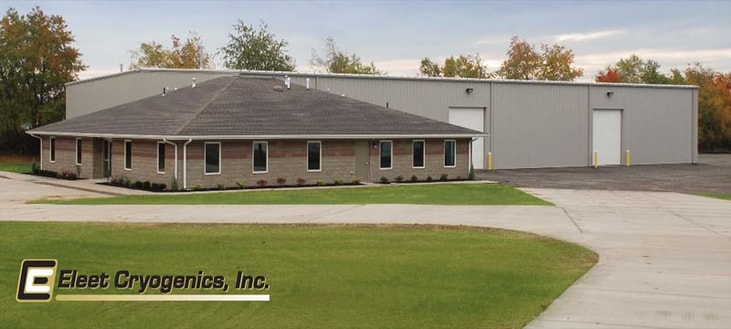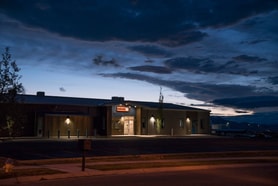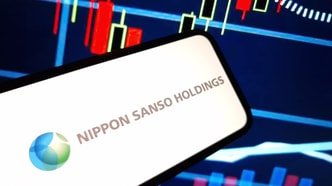The US Industrial Gas Healthcare Market
The healthcare market for the industrial gas industry is characterized by gas producers and distributors that supply oxygen, nitrous oxide, anesthesia gases, special mixtures, and related services. An array of new gases, related equipment, and healthcare technologies, including a broadening of the fast growing respiratory therapy market, make this an expanding market segment for our industry.
Each year, Cryo- Gas International reviews medical markets for the industrial gas industry. Last year we looked at healthcare markets for our industry on a macro level. (See “Worldwide Industrial Healthcare Market,” CryoGas, November 2011, p. 34.) The previous year we zeroed in on the equipment that supports these dynamic medical markets. (See “New and Innovative Equipment for Medical Markets,” CryoGas, December 2010, p. 34.) This year we look at the different approaches gas producers and related equipment suppliers have taken to stay competitive in the US Healthcare market, which is typified by stiff competition in pricing, supply, and service.
Tight Supply
A wide assortment of medical and specialty gases, supplied from different sources, and often requiring very high purity and sophisticated equipment, are used in healthcare markets. Of these, oxygen is used widely for respiratory care both in institutions and in homecare settings. Nitrogen is used in biomedical applications for freezing specimens, and argon is used pure and in mixtures for hospital analyses and quality control. These air gases are produced in air separation units or with generators. Carbon dioxide, sourced as a by-product from other processes, is used in surgical procedures. And helium, which is sourced from natural gas streams, is used to cool the magnets in magnetic resonance imaging (MRI) machines and other equipment, for hospital analyses and quality control, and in respiratory gas mixtures. These variable factors— sourcing and supply chain requirements— impact the cost of gas supply and therefore pricing, the case of helium supply being a pertinent example. As we reported last month, the supply of helium to the worldwide market has been tight since early 2011 and will remain so until the second half of 2013 or early 2014. (See “The Worldwide Helium Market Report,” CryoGas, October 2012, p. 28.) According to Maura Garvey, Director of Market Research at CryoGas, “In the medical market, tightening supply has led MRI companies like GE to increase investments to improve helium efficiency. The investments are being made in conservation technology and recycling to capture and re-use helium. In addition, researchers in the MRI industry are exploring new magnet designs to minimize the volume of helium needed.”
Rising Prices
Increased prices for helium has also resulted from tight supply. In 2012, announced price increases for liquid and bulk helium gases in North America began in January. Air Products’ January price jump was “the result of continued severe helium shortages globally, affecting the supply needed to meet the world’s growing demand.” In October, Air Products increased pricing on other gases used in healthcare markets: up to 10 percent for liquid oxygen, liquid nitrogen, and liquid carbon dioxide and up to 20 percent for liquid argon and bulk carbon monoxide. For helium, the company addressed each customer price change on an individual basis and assured customers that they were taking “aggressive actions internally to mitigate rising costs by reinvesting to improve efficiencies and maintain reliable supply.”
... to continue reading you must be subscribed























